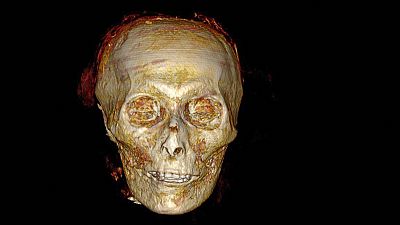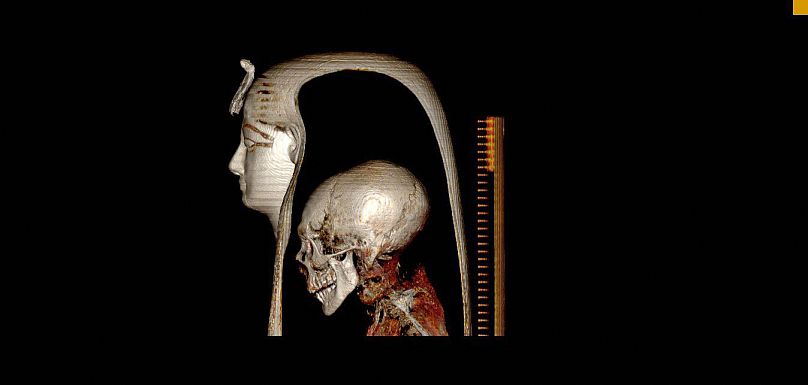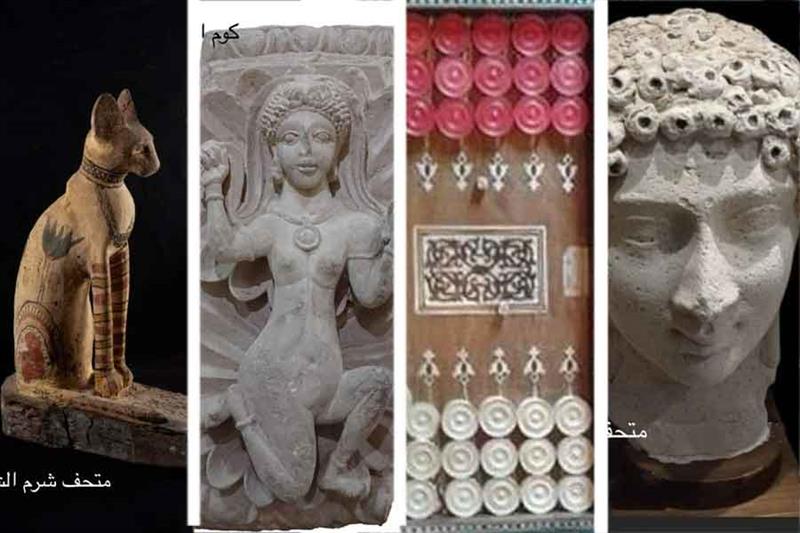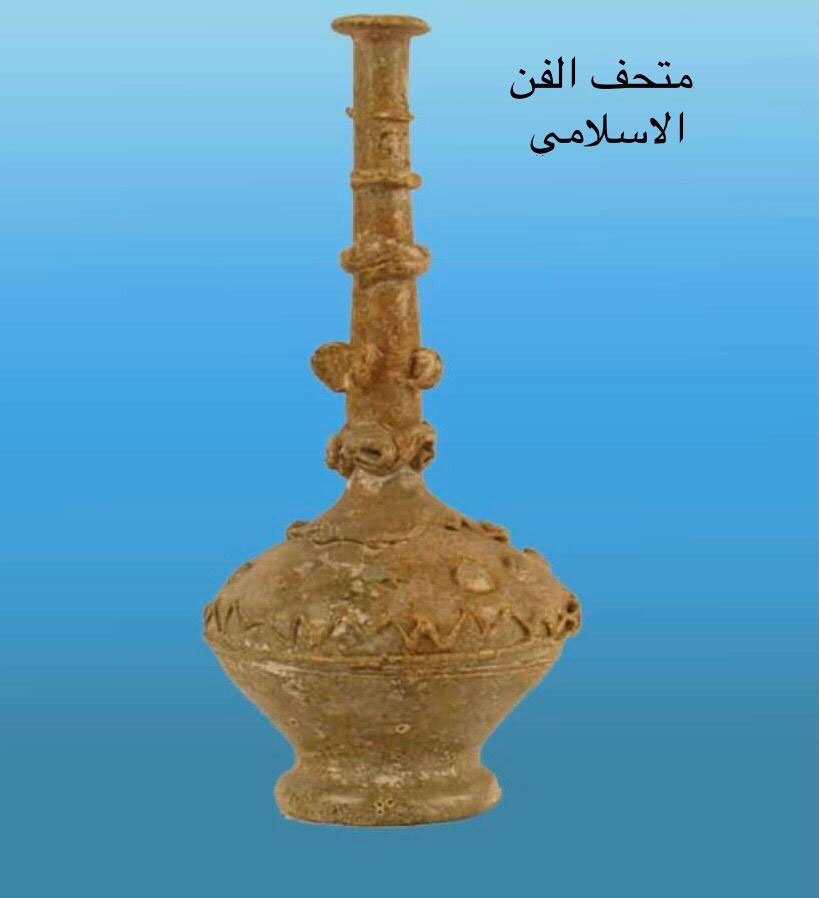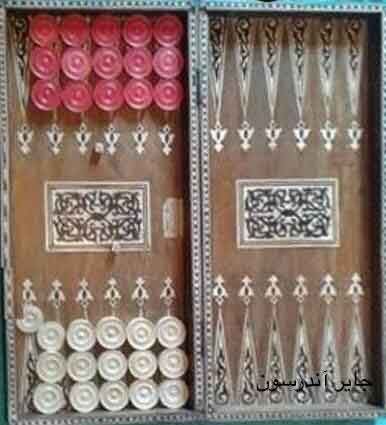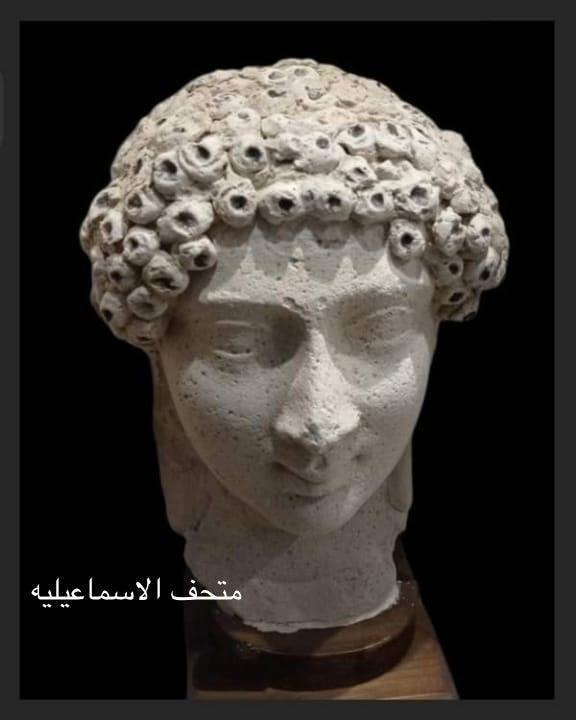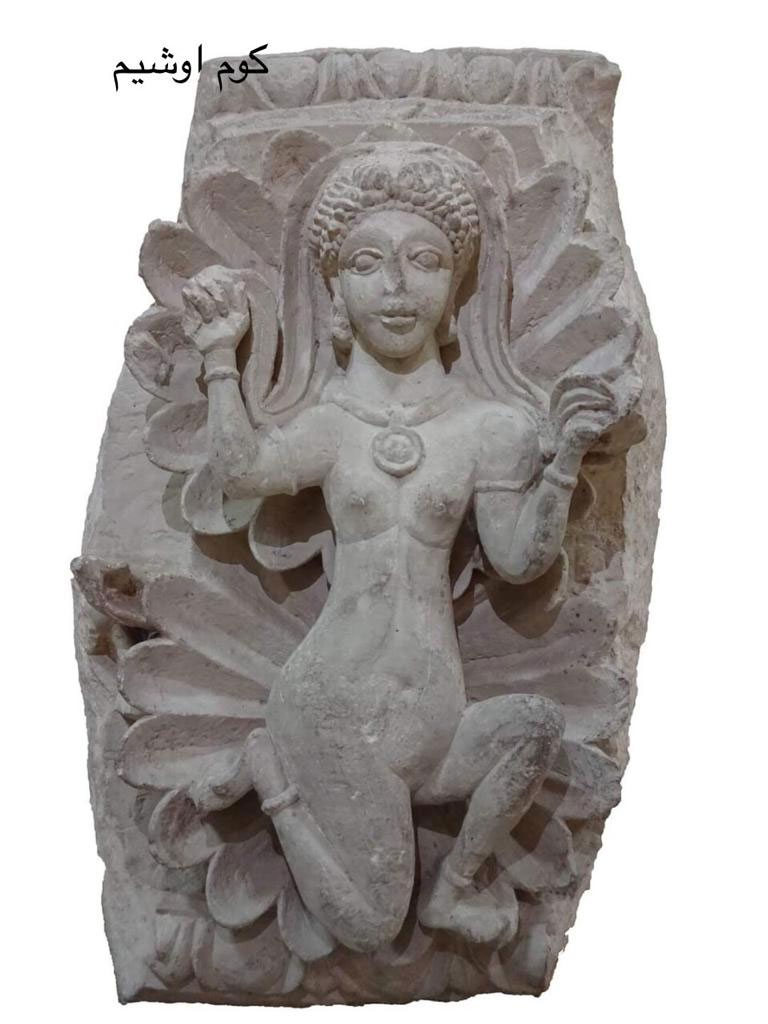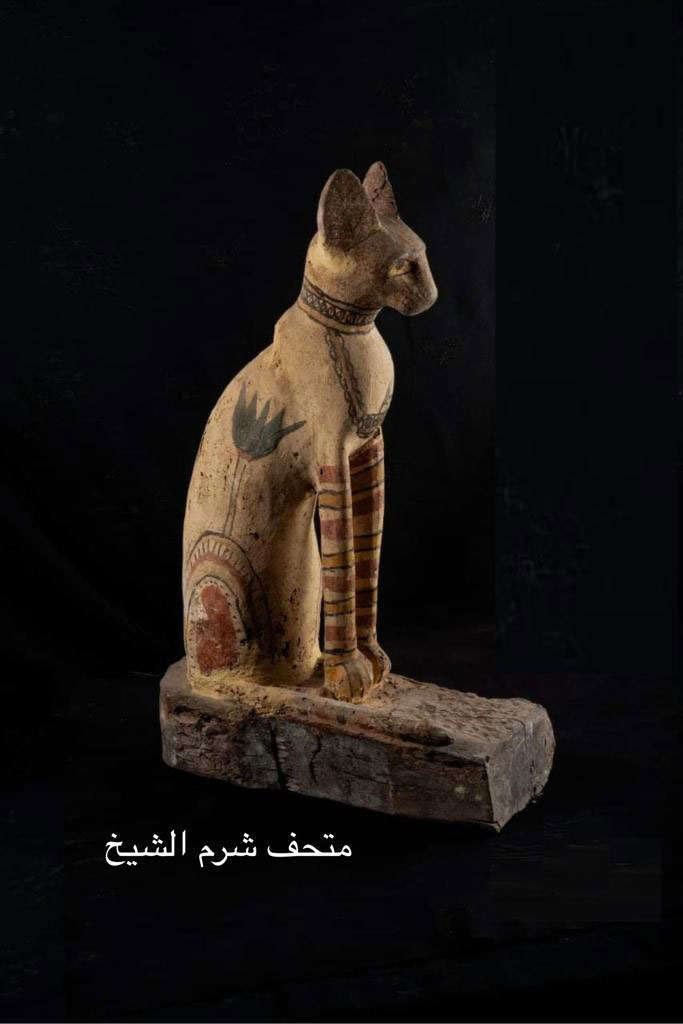 The American Research Center in Egypt, Northern California Chapter, and the Near Eastern Studies Department, University of California, Berkeley, invite you to attend a virtual lecture by Dr. Brenda J. Baker, Arizona State University: Living and Dying in Ancient Nubia Zoom Lecture. A registration link will be automatically sent to ARCE-NC members. Non-members may request a registration link by sending email with your name and email address to arcencZoom@gmail.com. Attendance is limited, so non-members, please send any registration requests no later than Friday, January 7. Glenn Meyer ARCE-NC Publicity Director
The project area for the Bioarchaeology of Nubia Expedition (BONE) lies between the fourth and fifth cataracts of the Nile River in northern Sudan. During six seasons of fieldwork, multiple cemeteries were excavated, spanning from the Kerma through Christian periods (c. 2500 BCE to 1400 CE). Analyses of the graves and the individuals they contain reveal previously unrecognized aspects of funerary practices and lived experiences of the people who inhabited this area. Recent research includes evaluation of evidence that graves were re-entered within memory of a person's death to retrieve heirlooms rather than looted without regard for the deceased. Analyses of stable isotopes reveal substantial residential mobility and interconnections in the earliest periods, and a dietary shift between the Post-Meroitic and Christian periods that accompanies major changes in grave style and accompaniments. Grooves in teeth provide new evidence for use of toothpicks in this region as far back as 2200 BCE. Spatial and social organization of the largest cemetery—the Qinifab School site—is demonstrated through biodistance analysis. Additionally, indicators of disease and trauma in the skeletons reveal life histories and the experiences of specific individuals in different eras, such as a potter with silicosis and a massive teratoma in her abdomen, a mother and baby who died during a breech delivery, a man who died after fractures to all bones of his right leg began to heal, and an older woman who survived numerous traumatic injuries. About the Speaker: 
Brenda J. Baker is Associate Professor of Anthropology and Curator of Nubian Collections in the Center for Bioarchaeological Research, School of Human Evolution and Social Change, at Arizona State University. She is also Director of the ASU Bioarchaeology of Nubia Expedition (BONE). As a bioarchaeologist, her research integrates archaeology and biological anthropology to investigate the lifeways of past people, particularly in the Nile Valley, Cyprus, and the US. Dr. Baker is a founding co-editor of Bioarchaeology International and serves on the advisory board of the American-Sudanese Archaeological Research Center (AmSARC) and the new Journal of Egyptian Heritage.
About ARCE-NC:
For more information, please visit https://facebook.com/NorthernCaliforniaARCE/, https://arce-nc.org/, https://twitter.com/ARCENCPostings, or https://khentiamentiu.org. To join the chapter or renew your membership, please go to https://www.arce.org/general-membership and select "Berkeley, CA" as your chapter when you sign up. |
-- Sent from my Linux system.

